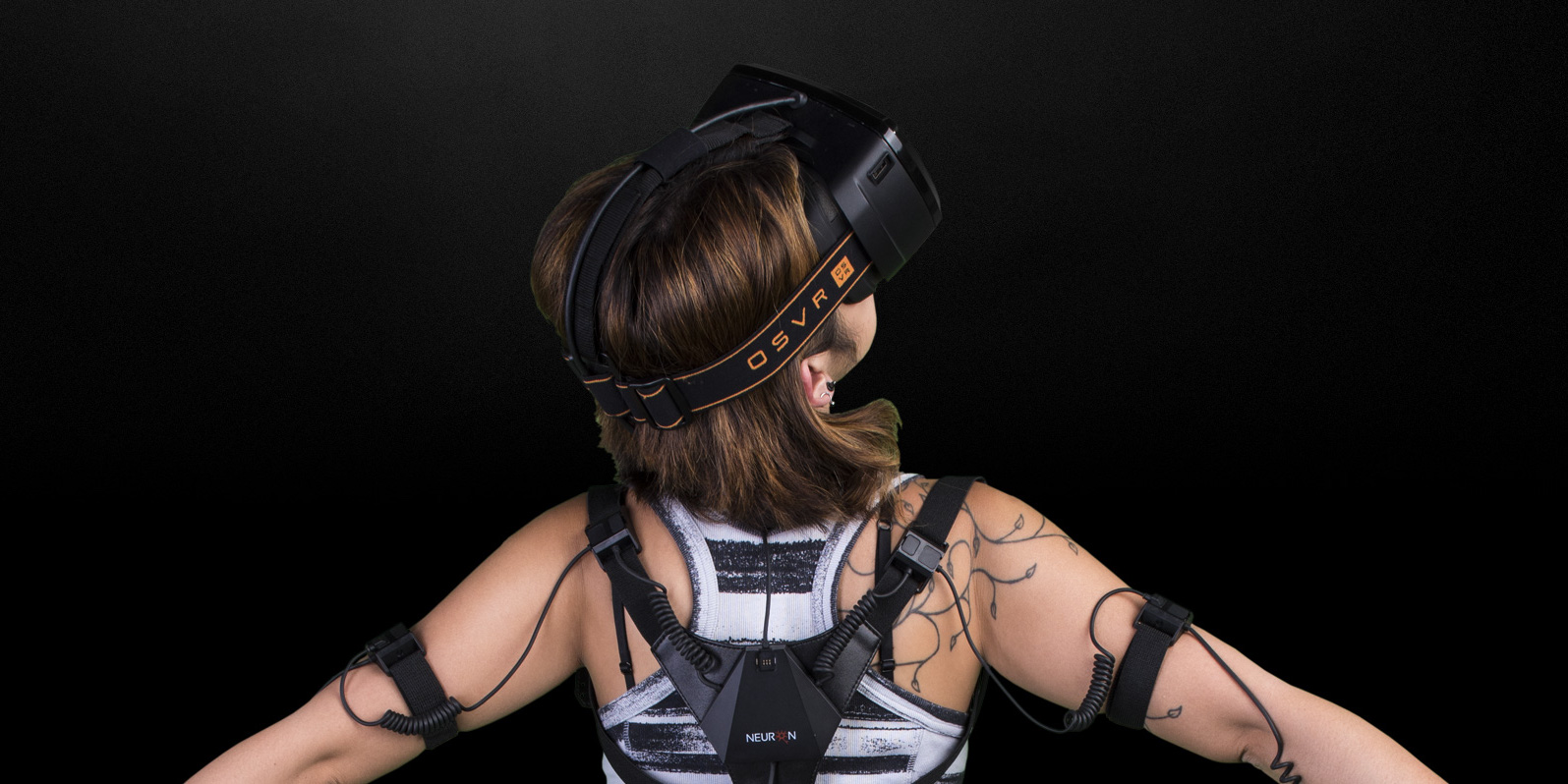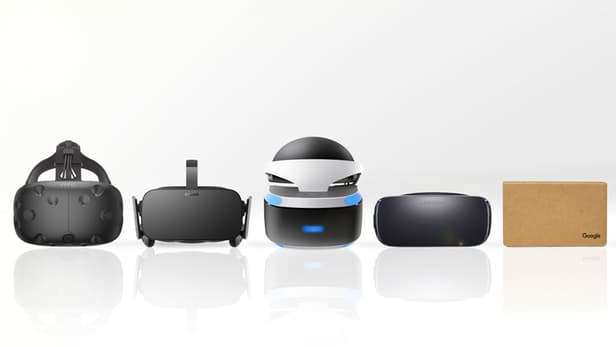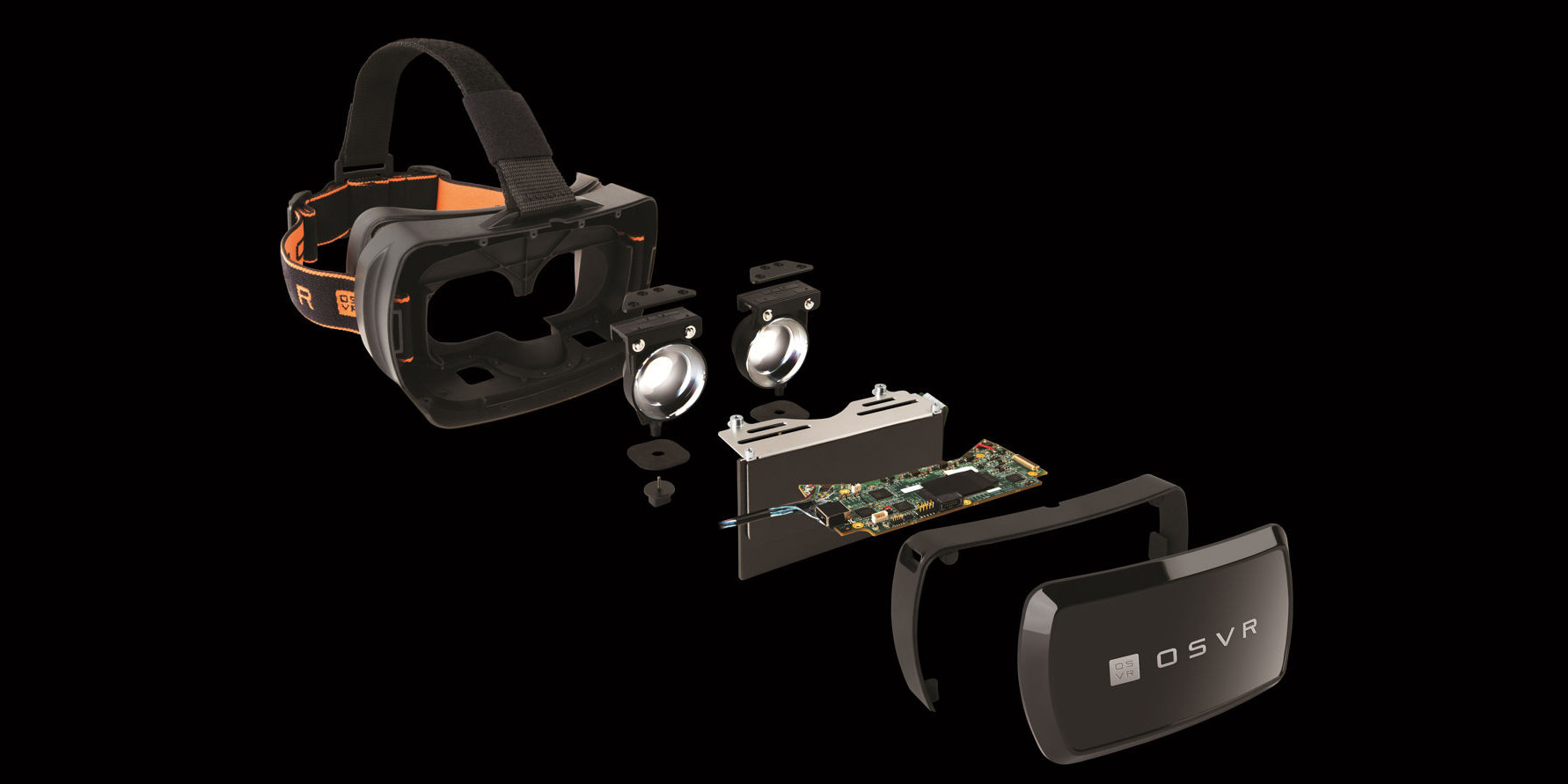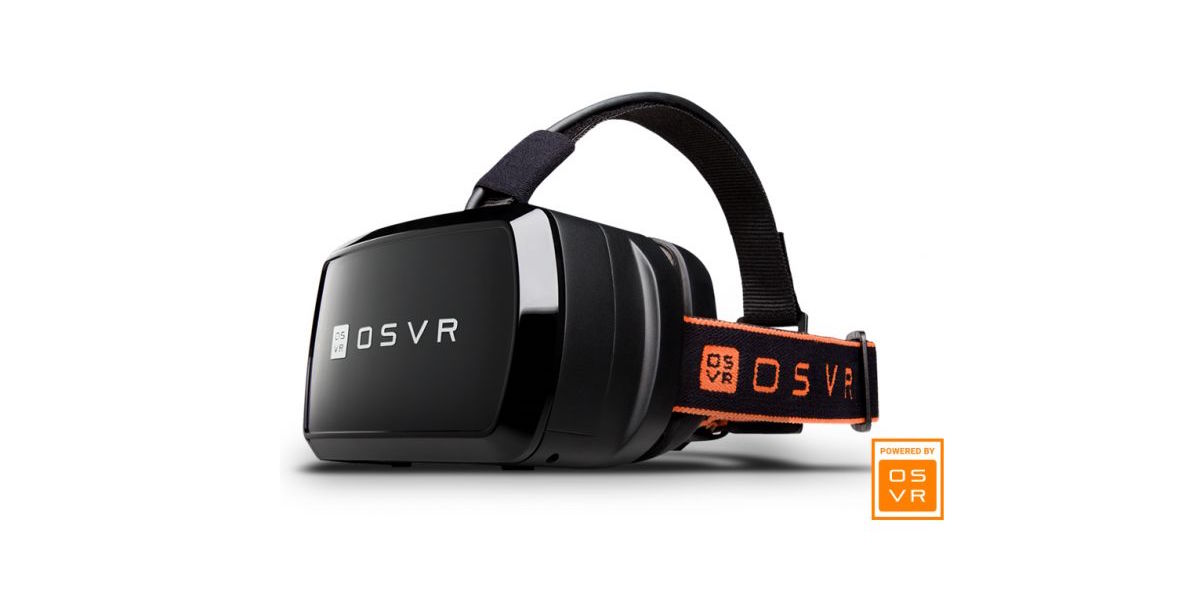Razer’s HDK2 Will Give VR a Run for the Money
LifestyleTech September 23, 2024 Damon Mitchell
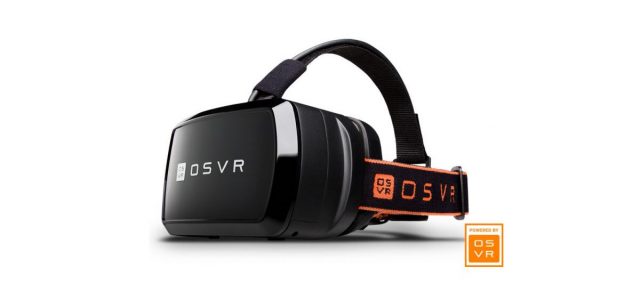
For users who are a little more tech-savvy than the rest of us, the HDK 2 (Hacker Development Kit 2) may be the open source headset to buy.
Virtual Reality headsets may not be the most useful wearable on the market.
There are no heart rate monitors, no steps tracked, no goals loaded, but don’t make assumptions. You’ll burn plenty of calories wearing your VR headset. You just won’t care.
It could be argued that VR headsets are doing more for fitness than fitness wearables. Good luck proving it.
Regardless, Razer’s newest headset, the HDK 2 offers something the competition cannot. It’s a mild but accessible upgrade from the first version, worthy of your consideration if you can find one.
Why Razer’s platform instead of the competition?
Hello, open source? Actually, open source doesn’t matter to everybody. Unless you are a developer, you may not care, not at first.
Think early days of Android. For devs, it was a fun room, but for everyday users the UX was buggy. It still is. Admit it, Androidians.
But, so what? Oculus Rift is open source too.
What Razer’s platform offers that the other guys cannot is the price. It’s $400 instead of $600, like Oculus Rift or worse, $800 for HTC’s Vive.
Similar to the other two mentioned, HDK 2 will require tethering to a computer, but that’s good news. Mobile versions of VR offer a less sophisticated experience.
What’s new from version 1?
The first version of the HDK had a 1920 by 1080 OLED display. The HDK 2 offers a 2160 x 1200 dual OLED display, with a 90 Hz refresh rate and 110-degree field of view.
Translation? The view is sweet. The more detail, the faster the view refreshes, the fewer view abstractions users will experience.
The great thing about the Razer’s HDK is it’s modular. The headset allows users enjoying version one to upgrade. It’s a matter of swapping out easy-to-replace components.
Should you get one?
If you’re in the market for a virtual headset, you’d be a fool to not consider the affordability of HDK 2. Both the upfront cost and long investment of this product are sound.
First of all, it beats the competition by hundreds of dollars. For many, the decision may be as much a budgeting decision as anything, but most cost-effective decisions come with an expiration. You save up front, but understand you’ll be replacing your cheap device soon.
The HDK 2’s user’s upgradeability means you’re investing in a device that will hold its value over time. Whereas with most technology you’ll need to upgrade your entire device, you can swap out parts as they become obsolete.
How Can you get one?
There are two ways you could buy an HDK 2.
You could find a fist version on the interwebs, then upgrade as soon as possible. This would be the fastest way to enter the Razer ecosystem.
That said, good luck finding one for sale.
If you’re not into swapping parts on a new purchase, then pre-order the version 2 now. Units ship August 12th of this year, so you’ll be virtually freaking out before summer is over. That’s a pretty good turn around for preorders.
The VR world seems like another Betamax versus VHS. It’s not exactly.
Those were closed systems. In VR, the biggest names in the game are open source. We should see a good crossover of experiences between headsets.
That said, don’t expect to port one into your Mac. None of them are Apple compatible yet, so you can add the cost of a powerful PC to your shopping list
The only question left is, what’s it worth to ya’?
